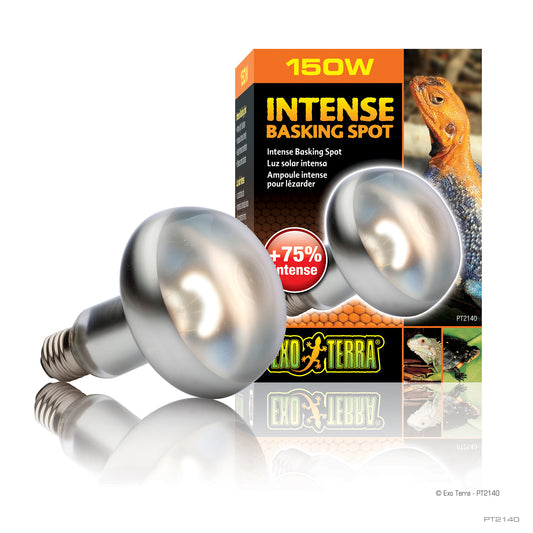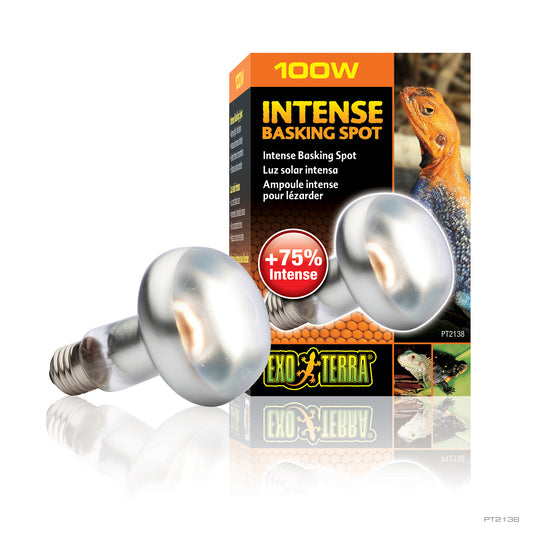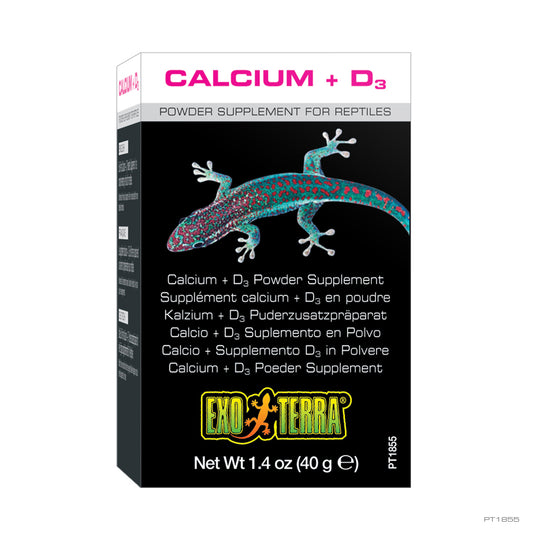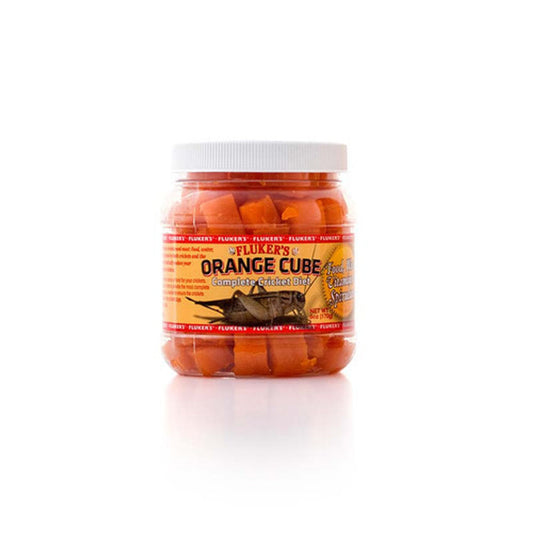
Pacman frogs, also known as horned frogs, are intriguing amphibians that have garnered attention for their distinctive appearance and captivating behaviors. With their charming attributes and manageable care requirements, these frogs have become sought-after pets in the world of herpetology. In this article, we delve into the various aspects of pacman/horned frogs, from their natural habitat to the essentials of their care as engaging companions.
General Description: Pacman frogs are instantly recognizable by their round, robust bodies and characteristic mouth shape, reminiscent of the popular video game character. With their large, expressive eyes and diverse color variations, these frogs boast a unique charm that appeals to reptile enthusiasts.
Life Span: With proper care, pacman/horned frogs can live for around 6 to 10 years in captivity, making them long-term companions for those who appreciate their distinct qualities.
Natural Habitat: Originating from the lush rainforests and grasslands of South America, pacman/horned frogs inhabit countries such as Argentina, Uruguay, and Brazil. They thrive in moist environments with plenty of cover, allowing them to blend seamlessly into their surroundings.

Average Size: Fully grown pacman/horned frogs can range in size from 4 to 7 inches (10 to 18 cm) in diameter, depending on factors like species and gender.
Enclosure Size: Creating a suitable habitat for pacman/horned frogs is crucial. A 10 to 20-gallon tank is recommended for a single frog, providing ample space for movement and burrowing.
Temperature and Humidity Requirements: Maintaining proper temperature and humidity levels is essential for pacman/horned frogs. Maintain a temperature range of 80°F to 85°F (27°C to 29°C) on the warmer side and 70°F to 75°F (21°C to 24°C) on the cooler side. Humidity should be maintained at 60% to 80%, emulating their natural rainforest habitat.
Substrate and Bedding: Choose a moisture-retentive substrate that enables burrowing, such as coconut coir or sphagnum moss. These options allow the frogs to engage in their natural behaviors.
Toxic Substances: Toxic substances should be avoided around pacman/horned frogs, including:
- Chemicals and cleaning agents: These can harm the frog if they come into contact with their sensitive skin or if ingested.
- Insects from pesticide-treated areas: Wild insects may carry toxins that can be harmful to the frogs.
-
Also avoid essential oils or aerosol sprays/household cleaners containing chemicals and harsh scents. Candles and scented candles or wax melts should be avoided.
-
Avoid exposure to sunlight, drafts, and Teflon or non-stick cookware and appliances. Only clean cages with water and vinegar or mild dish soap.”
Fun Facts:
- Pacman frogs are aptly named after their resemblance to the iconic video game character and their tendency to open their mouths wide.
- They are ambush predators, relying on their camouflage to ambush unsuspecting prey.
- These frogs have an insatiable appetite and consume a variety of insects, worms, and small rodents.
- Pacman frogs have small, sharp teeth on their upper jaws, which assist in grasping and immobilizing their prey.

Pacman/horned frogs offer a captivating glimpse into the world of amphibians, captivating enthusiasts with their unique traits and intriguing behaviors. By providing an appropriate habitat, maintaining temperature and humidity, and selecting suitable substrates, frog enthusiasts can ensure the well-being of these remarkable amphibians, contributing to the enduring fascination with these extraordinary creatures.






